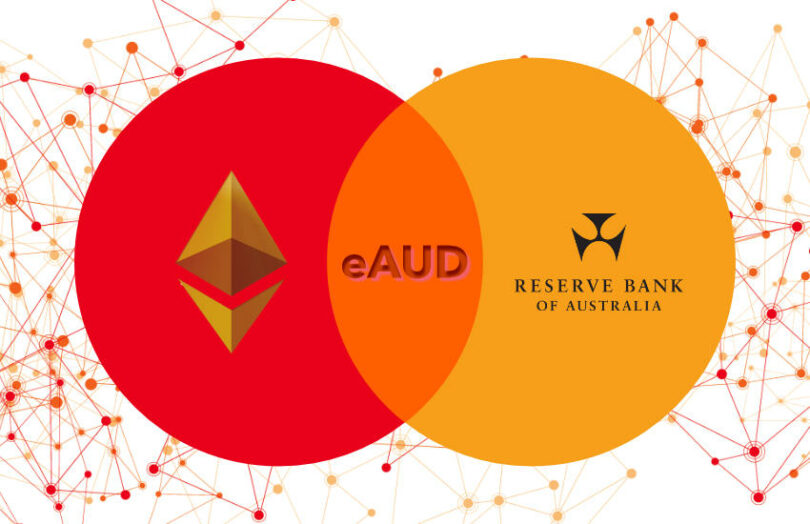Last week, the Reserve Bank of Australia (RBA) and the Digital Finance Cooperative Research Centre (DFCRC) outlined their retail and wholesale central bank digital currency (CBDC) pilot projects. One of the partners selected for the 14 CBDC use cases is Mastercard, which is working with Cuscal on an interoperable CBDC for trusted Web3 commerce. The aim is to enable the use of an eAUD on public blockchains.
The pilot proposal will use the CBDC to pay for an NFT on Ethereum. Since the CBDC itself is not issued on a public blockchain, the test will “lock” the required amount on the CBDC platform and mint an equivalent sum of wrapped tokens on Ethereum. However, for the transaction to go through, the Ethereum wallets of the buyer and seller and the smart contract itself must first be whitelisted. This will illustrate the possibility of implementing controls on public blockchains, such as know-your-customer (KYC) rules.
However, wrapping is not without risks. Essentially, a wrapped token is a tokenized copy of a coin that exists on a different blockchain, pegged to the value of the other asset and backed on a 1:1 basis. Hence, wrapping allows building bridges between different chains, circumventing the limitation on non-native assets on public blockchains such as Ethereum or BNB Smart Chain.
Article continues …

Want the full story? Pro subscribers get complete articles, exclusive industry analysis, and early access to legislative updates that keep you ahead of the competition. Join the professionals who are choosing deeper insights over surface level news.






